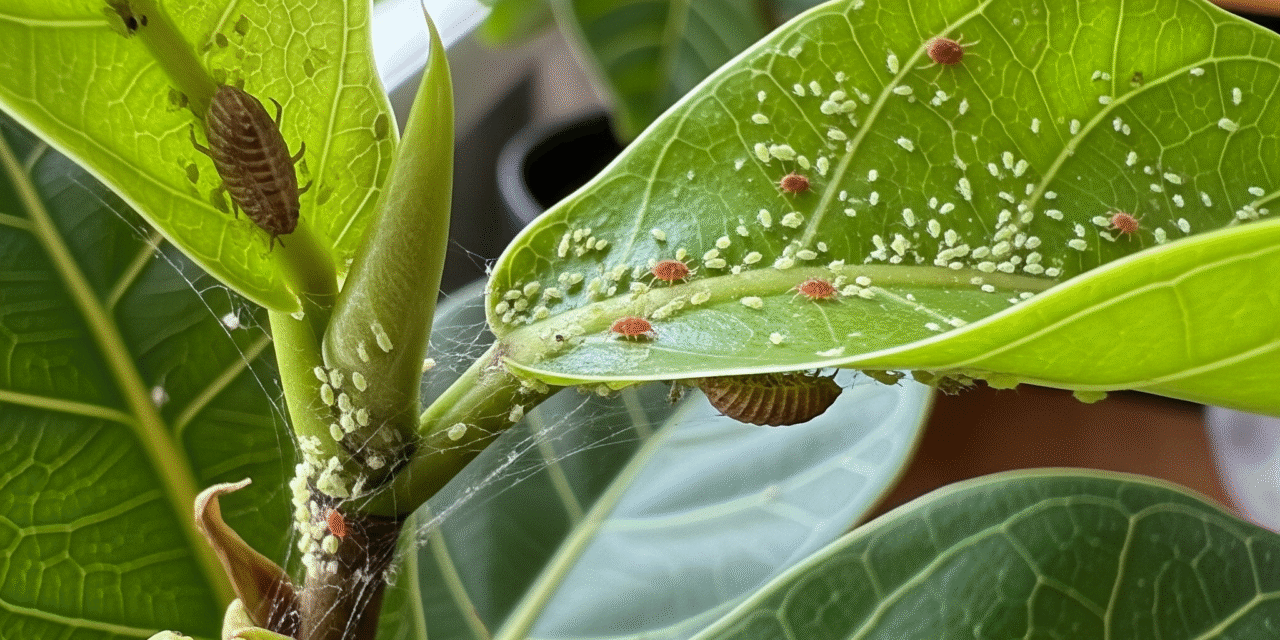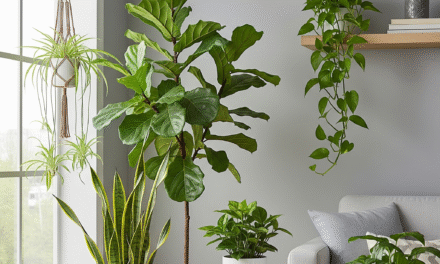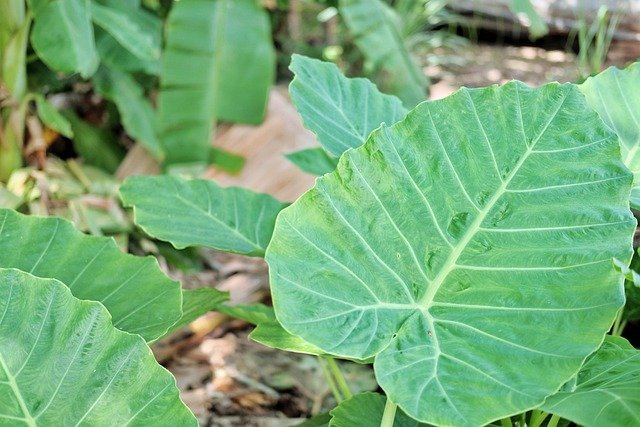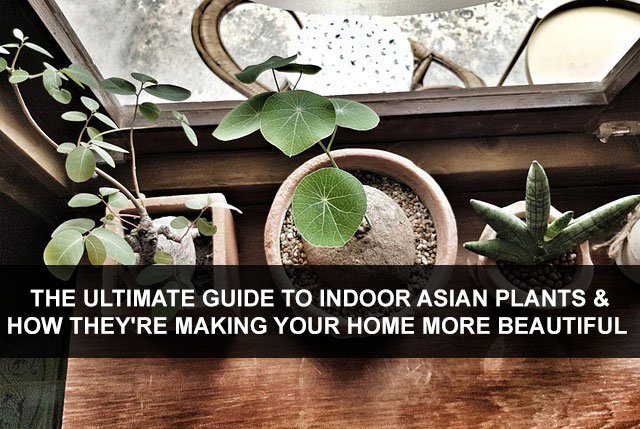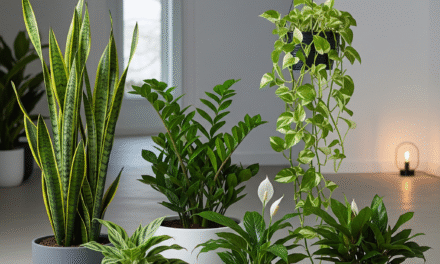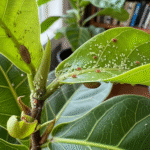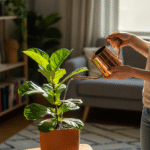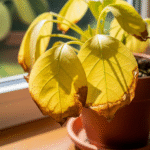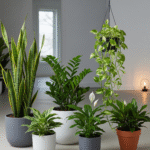Houseplants bring life, beauty, and a sense of calm to our living spaces. However, even the healthiest indoor plants are not immune to pest problems. Common houseplant pests can quickly spread from one plant to another, causing damage to leaves, stems, and roots. While chemical pesticides may seem like a quick fix, they are not always safe for people, pets, or the environment. Thankfully, there are plenty of natural and effective solutions that can help you control these pests without resorting to harsh chemicals. Houseplant pests can harm growth, but natural control methods make plant care easier and safer.
In this article, we’ll look at the most common houseplant pests and explore natural methods to prevent and eliminate them.
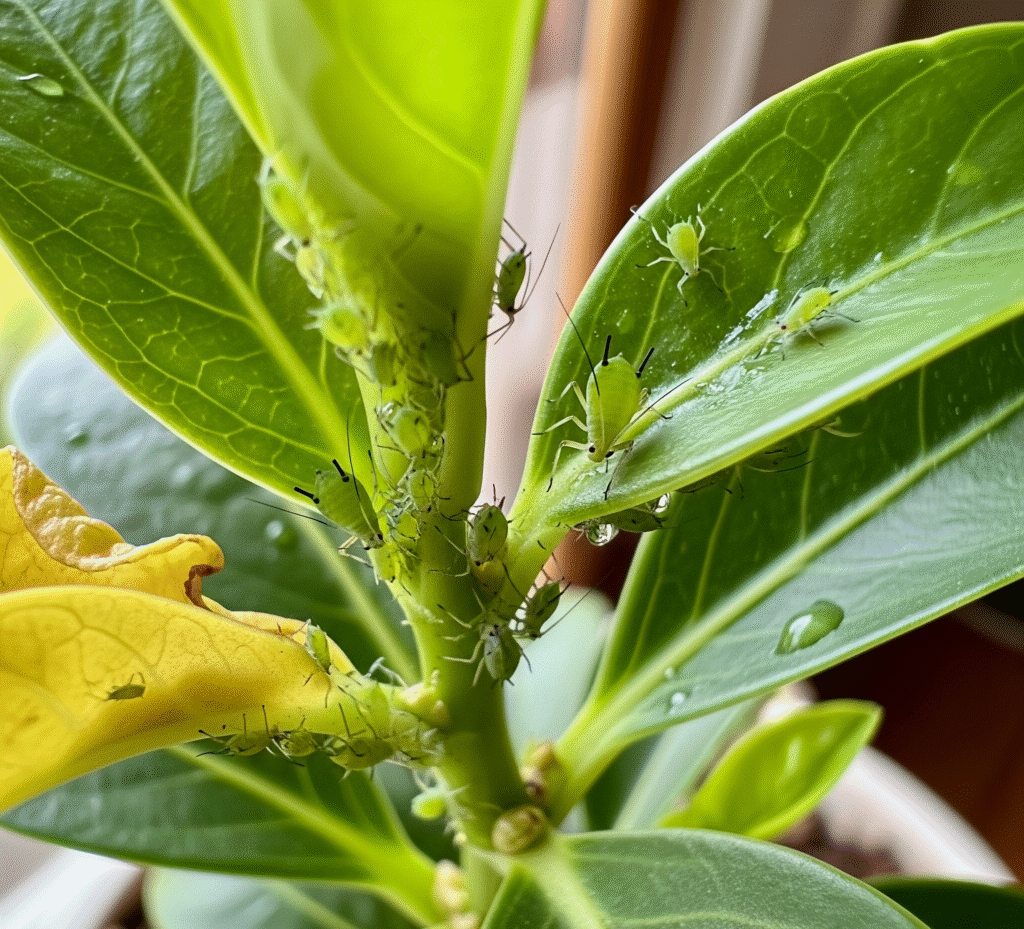
Aphids
Aphids are among the most common houseplant pests, easily recognized by their tiny, pear-shaped bodies in shades of green, black, or yellow. They gather in clusters on new growth, sucking sap from stems and leaves, which weakens plants over time. As they feed, they release a sticky substance called honeydew, which can attract mold and create further stress for your plants. Keeping a close eye on your houseplants is an important step in Plant Care to catch these pests early.
To control aphids naturally, start by spraying your plants with a strong stream of water to dislodge them. You can also use a homemade solution of mild soap and water or apply neem oil, which is safe for indoor environments. Consistent application is key to breaking their life cycle. Integrating natural methods like these into your Plant Care routine ensures your plants stay healthy and pest-free without harmful chemicals.

Spider Mites
Spider mites are tiny pests that are difficult to see with the naked eye, but their damage is easy to spot. They thrive in dry indoor environments, feeding on plant sap and leaving leaves speckled, yellow, and weak. One of their most noticeable signs is the fine webbing they spin between leaves and stems. Including regular checks for these webs in your Plant Care routine can help you detect them early before they spread.
To treat spider mites naturally, increase humidity around your plants since these pests dislike moisture. Wiping leaves with a mild soap and water solution or spraying neem oil can effectively reduce their numbers. It’s important to repeat treatments every few days until the infestation is under control. By making humidity management and natural sprays part of your Plant Care plan, you can protect your plants from long-term damage.
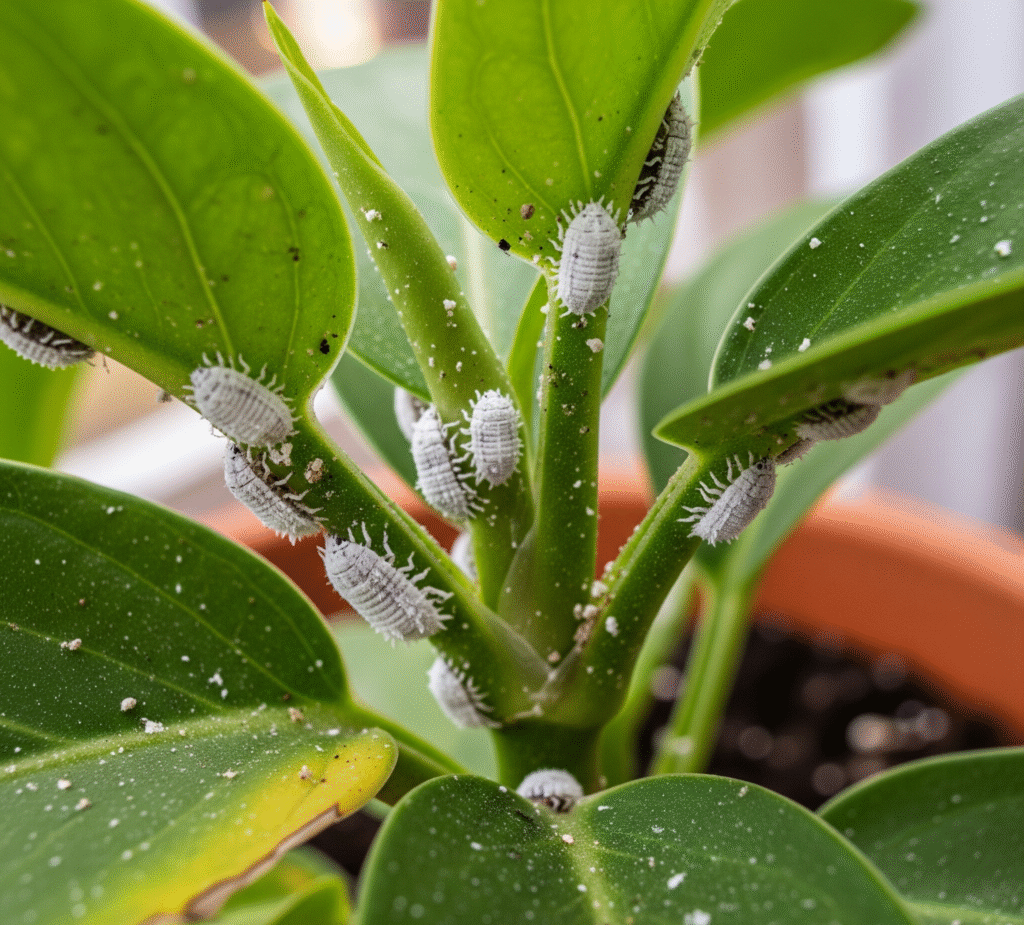
Mealybugs
Mealybugs are small, soft-bodied insects that appear as white, cotton-like clusters on stems, leaf joints, and undersides of leaves. They feed on plant sap, causing leaves to yellow, wilt, and drop prematurely. As they excrete honeydew, mold often develops, further stressing the plant. Detecting these pests early is essential for effective Plant Care, as they can quickly multiply and spread to nearby plants.
A natural way to remove mealybugs is by dabbing them directly with a cotton swab dipped in rubbing alcohol, which kills them on contact. For larger infestations, a diluted alcohol spray or neem oil solution works well. Consistency is key—regularly checking your plants and reapplying treatments ensures complete elimination. Making pest inspections part of your Plant Care routine will help you maintain healthier, thriving houseplants.
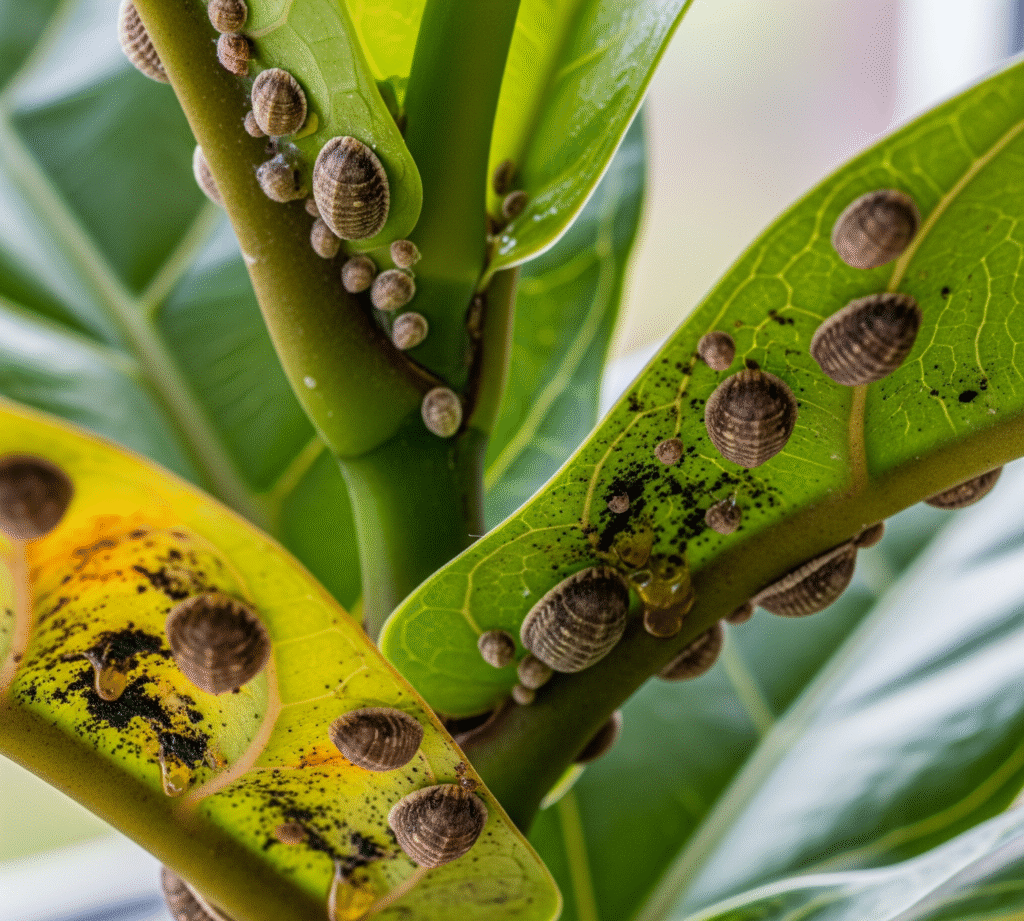
Scale Insects
Scale insects are small, oval-shaped pests that attach themselves firmly to stems and leaves, often appearing as tiny brown or tan bumps. Unlike other insects, they don’t move around much, making them harder to spot at first. Over time, they drain sap from plants, leading to yellow leaves, stunted growth, and overall plant decline. Regular monitoring is an essential part of Plant Care to catch these hidden pests before they cause serious damage.
To control scale naturally, you can gently scrape them off with a soft cloth dipped in rubbing alcohol or apply neem oil, which suffocates the insects. For heavier infestations, insecticidal soap sprays are also effective. Consistent treatment is necessary to break their life cycle and restore your plant’s health. By combining vigilance and natural remedies in your Plant Care routine, you can successfully manage scale insects without harsh chemicals.
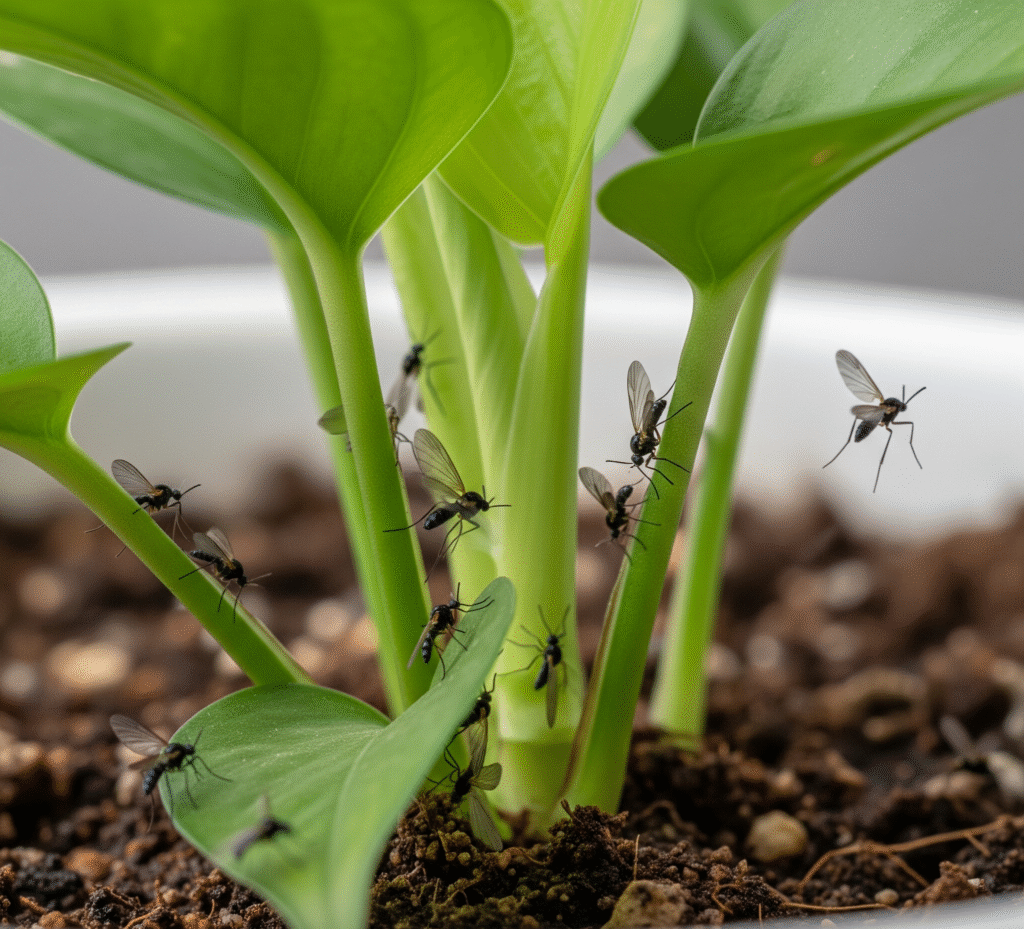
Fungus Gnats
Fungus gnats are tiny black flies that often hover around houseplants, especially when the soil stays damp for too long. While adult gnats are mostly a nuisance, their larvae feed on organic matter and can damage delicate plant roots. This weakens the plant and slows down its growth. Preventing excess moisture in the soil is an important part of Plant Care to avoid fungus gnat infestations.
To naturally control fungus gnats, allow the top layer of soil to dry out between waterings, as they thrive in moist conditions. You can also place yellow sticky traps near your plants to catch adult gnats and sprinkle cinnamon or sand on the soil surface to deter larvae. Adding these simple practices to your Plant Care routine helps keep your plants healthy while reducing the risk of recurring gnat problems.
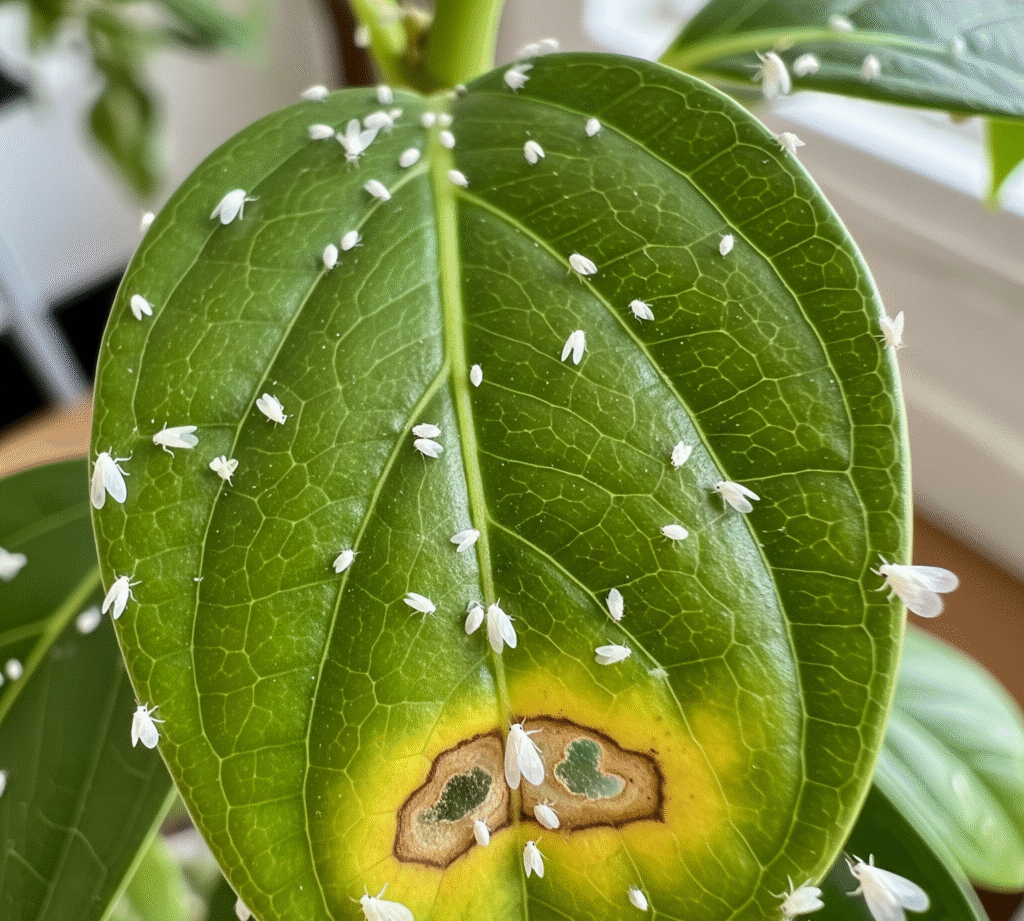
Whiteflies
Whiteflies are tiny, moth-like insects that feed on plant sap and usually fly up in swarms when a plant is disturbed. They cause yellowing, curling leaves, and weakened growth, while their sticky honeydew encourages mold to develop. Because they reproduce quickly, early detection is crucial in Plant Care to prevent a full-blown infestation that spreads to multiple plants.
To get rid of whiteflies naturally, start by vacuuming them gently with a handheld vacuum to reduce their numbers. Afterward, spray the plant with neem oil or insecticidal soap, which disrupts their life cycle. Yellow sticky traps placed near the plants can also capture adult whiteflies effectively. Regular monitoring and incorporating these treatments into your Plant Care routine will help protect your plants and keep them pest-free.
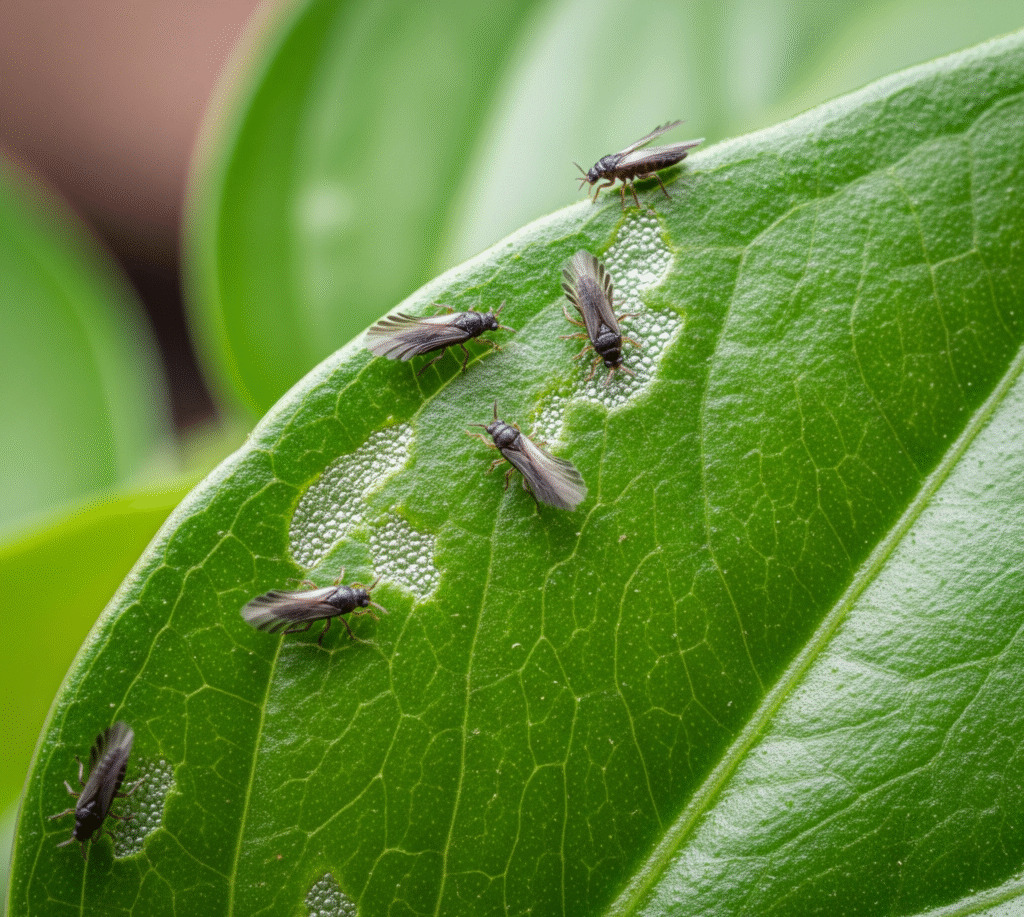
Thrips
Thrips are slender, winged insects that feed by scraping plant tissue and sucking out the juices, leaving behind silvery streaks or tiny black spots on leaves. They can damage flowers, buds, and stems, causing plants to look weak and discolored. Because thrips spread quickly, especially in warm indoor environments, regular inspections are a vital part of Plant Care to stop infestations early.
To control thrips naturally, start by isolating any affected plant to prevent the pests from spreading. Spray the leaves with a mild soap and water solution or use neem oil, both of which are effective and safe for indoor plants. Repeating treatments every few days helps disrupt their life cycle. Making these preventative measures a consistent part of your Plant Care routine will ensure your plants stay healthy and resilient against thrip damage.
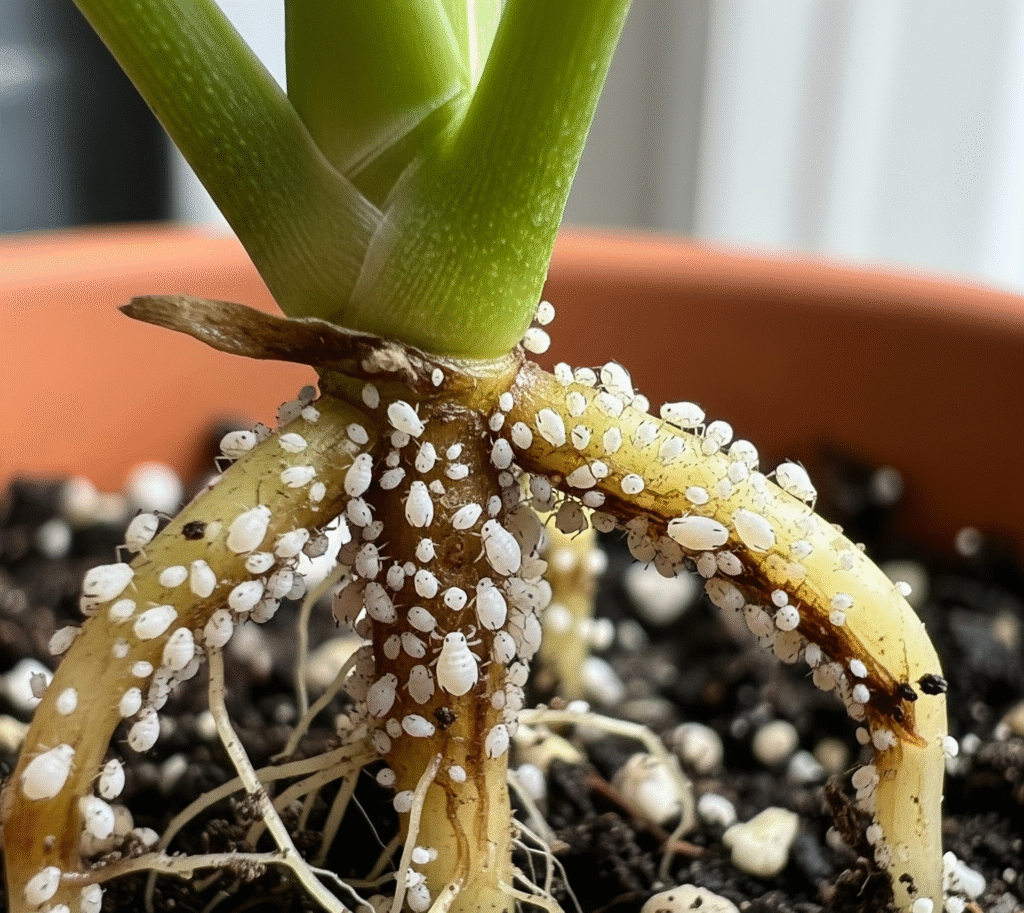
Root Aphids
Root aphids are sneaky pests that live in the soil and feed on plant roots, making them harder to detect than regular aphids. Affected plants often show signs like yellowing leaves, stunted growth, and wilting, which are sometimes mistaken for nutrient deficiencies. Checking the soil and roots during repotting is an important step in Plant Care to catch these pests before they cause serious damage.
To get rid of root aphids naturally, remove the plant from its pot, rinse the roots thoroughly, and repot it in fresh, sterile soil. Beneficial nematodes can also be added to the soil to attack and eliminate root aphids without harming the plant. By including preventive soil management and careful monitoring in your Plant Care routine, you can protect your plants from these hidden pests and promote healthier growth.
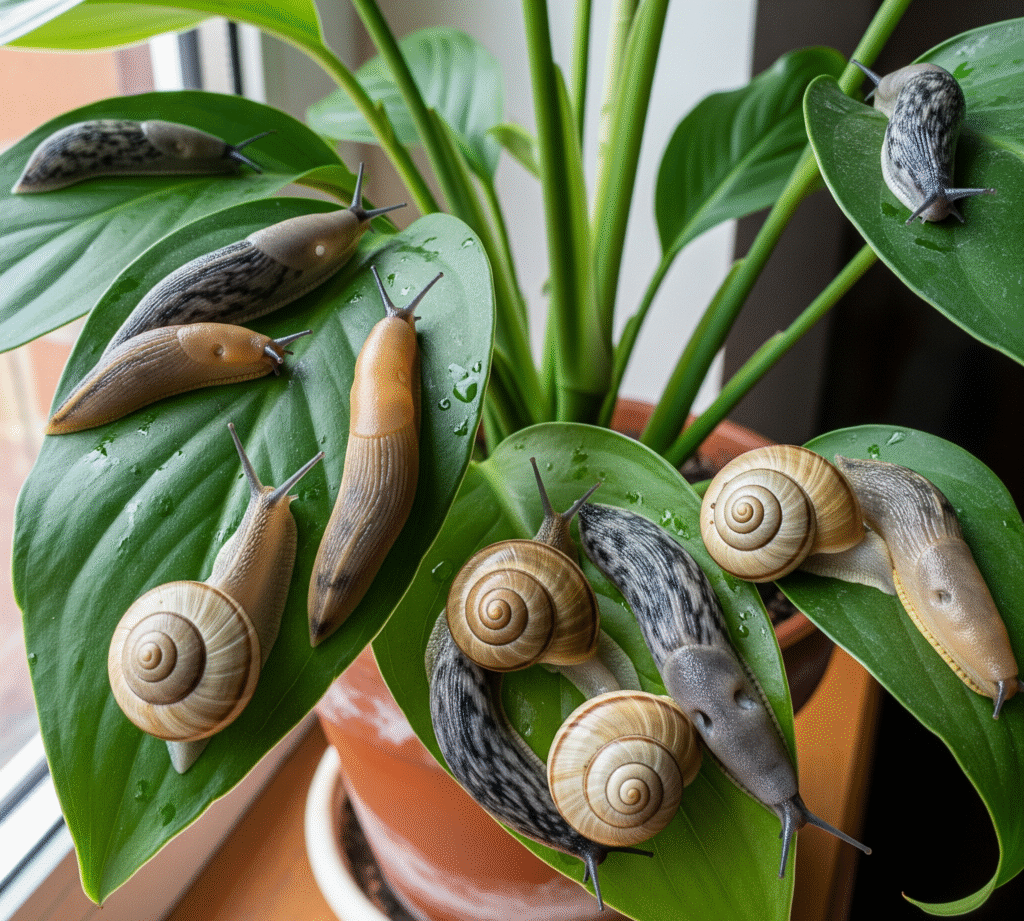
Slugs and Snails
Slugs and snails are less common indoors but can sometimes sneak into potted plants, especially if they were recently kept outside. These pests chew large, irregular holes in leaves and can quickly damage tender foliage if left unchecked. Spotting their slimy trails is often the easiest way to confirm their presence. Regularly inspecting plants is an important part of Plant Care to ensure these pests don’t go unnoticed.
To manage slugs and snails naturally, remove them by hand as soon as you spot them. You can also create barriers by sprinkling crushed eggshells or diatomaceous earth on top of the soil, which these pests avoid crawling over. By adding such preventative steps to your Plant Care routine, you can keep your houseplants safe while avoiding the need for chemical solutions.
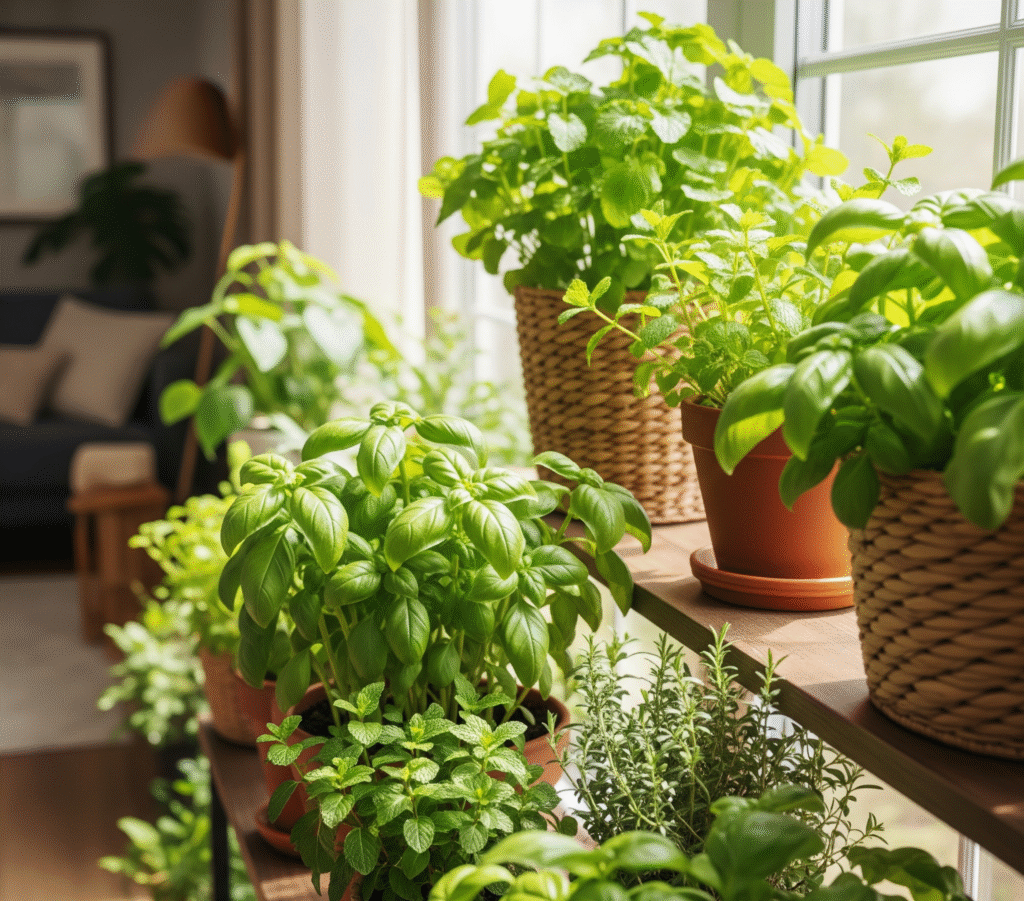
Prevention Tips for Healthy Plants
Preventing pests is always easier than dealing with an infestation, and the key lies in consistent care. Start by inspecting new plants before bringing them indoors, as pests can hitchhike unnoticed. Keep your plants clean by wiping their leaves regularly and avoid overcrowding them to ensure good airflow. These small but consistent steps in Plant Care greatly reduce the chances of pests taking hold.
Another effective prevention method is proper watering habits—avoid overwatering, as damp soil attracts fungus gnats and other pests. Quarantining new plants for a couple of weeks before placing them with others also helps stop the spread of hidden insects. By making these proactive habits a regular part of your Plant Care routine, you can maintain healthy, thriving houseplants with fewer pest problems.
While natural remedies are effective, prevention is always better than cure. Keeping your houseplants healthy and monitoring them regularly reduces the risk of pest infestations. Here are some preventive measures:
- Inspect new plants before bringing them indoors to avoid introducing pests.
- Avoid overwatering, as soggy soil encourages pests like fungus gnats.
- Clean plant leaves with a damp cloth to remove dust and discourage pests.
- Provide good airflow by not crowding plants too closely together.
- Quarantine new plants for a couple of weeks before placing them with others.

